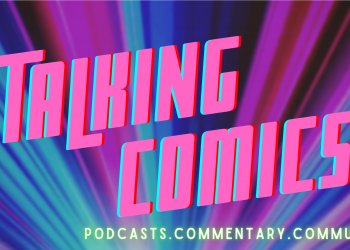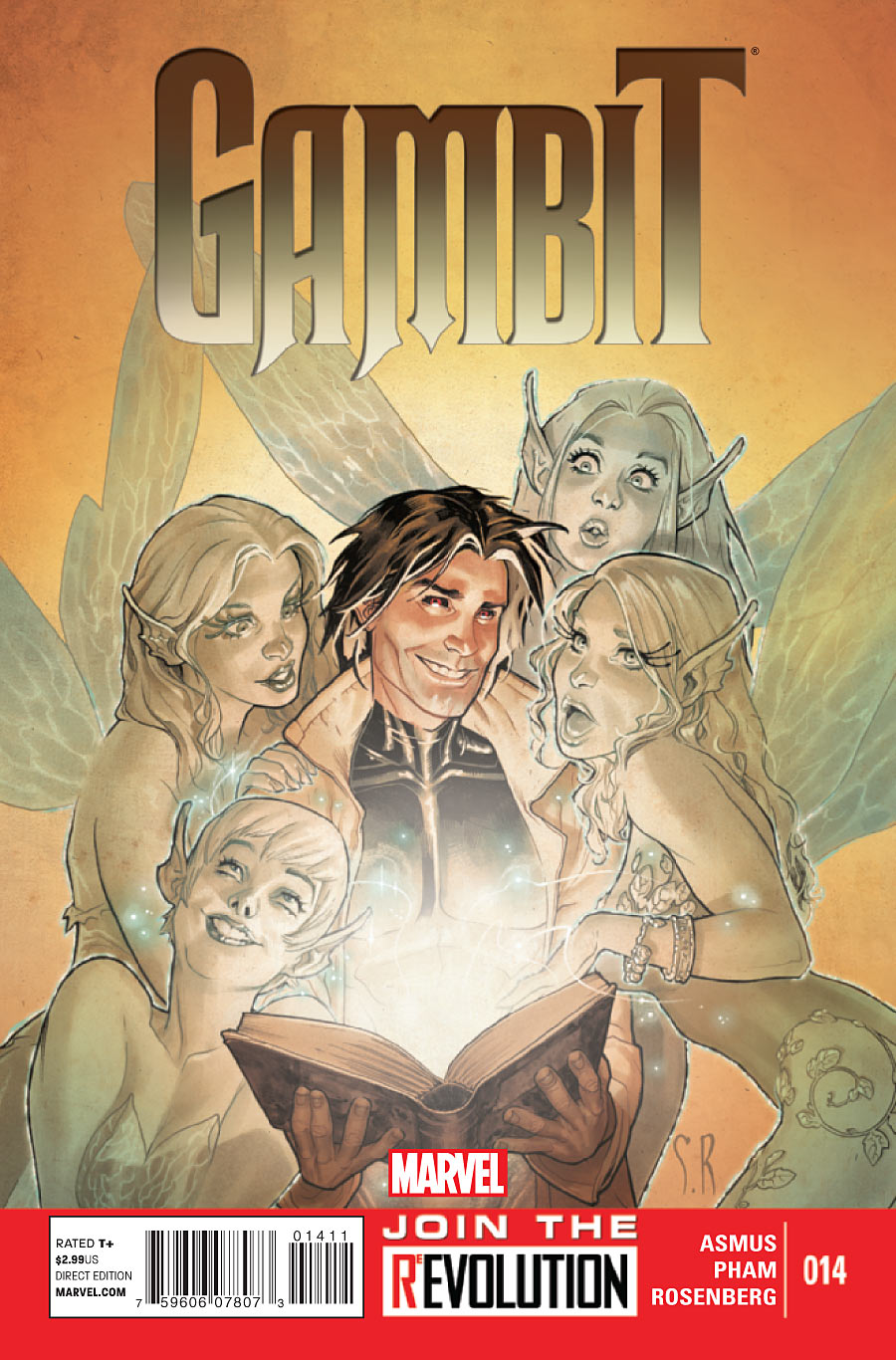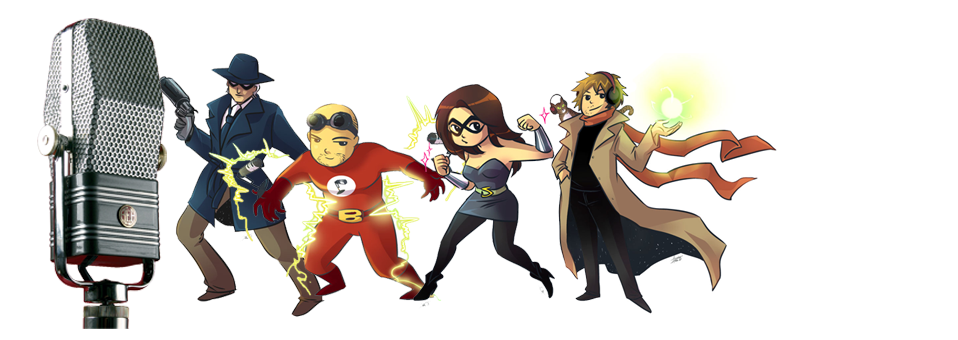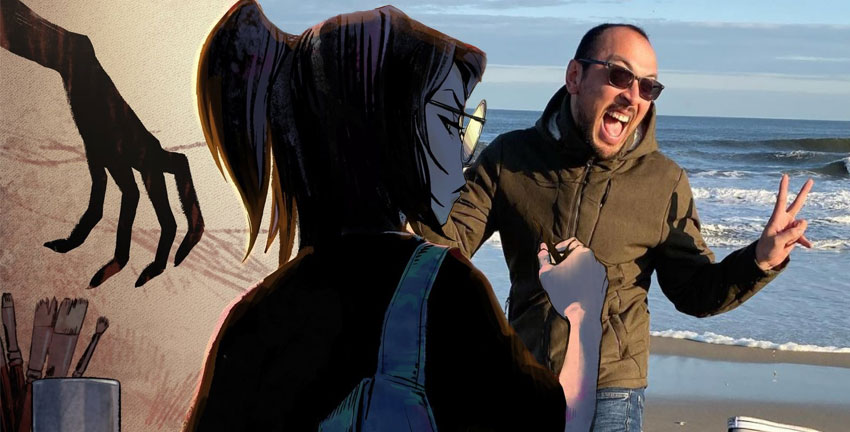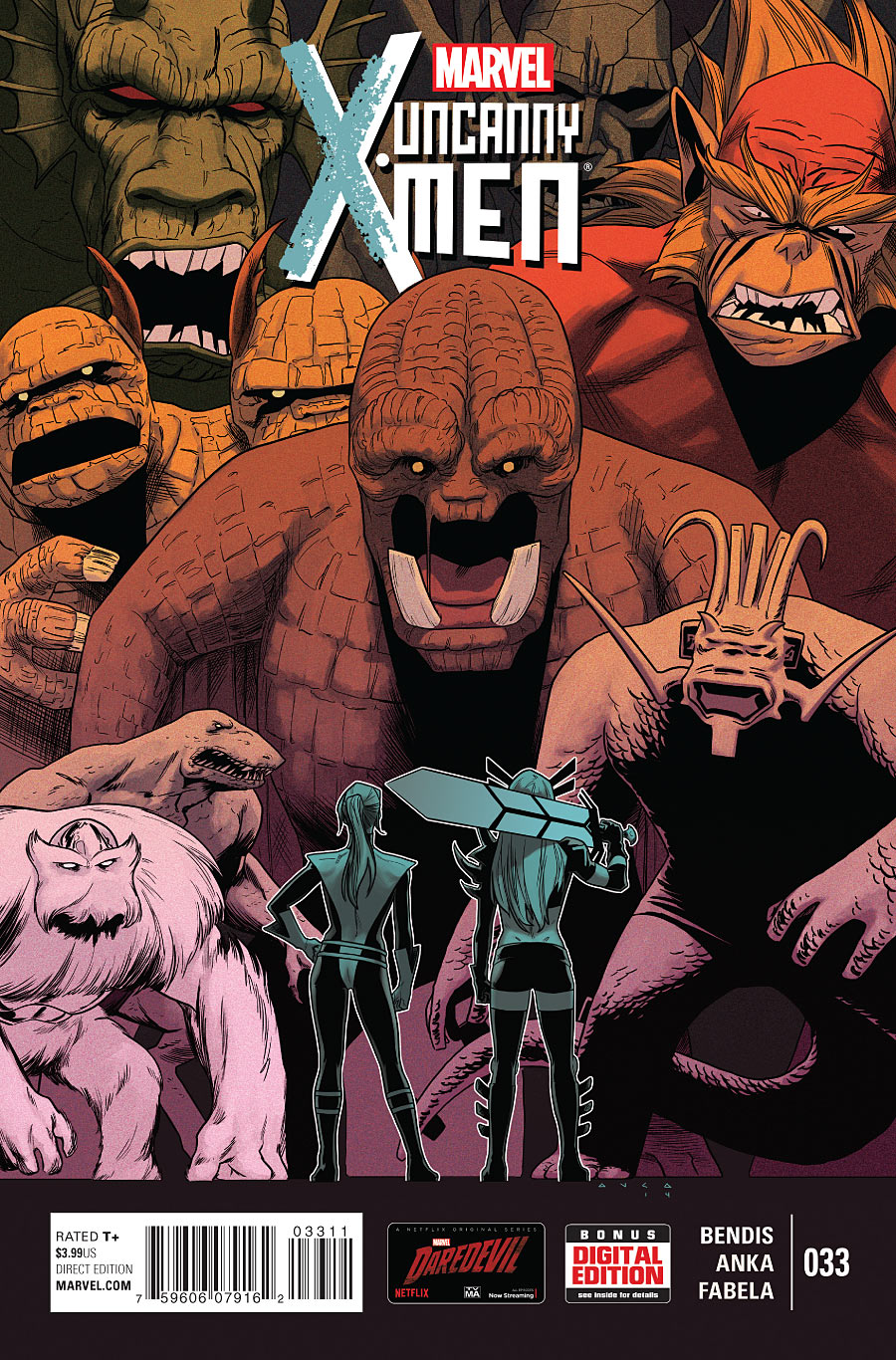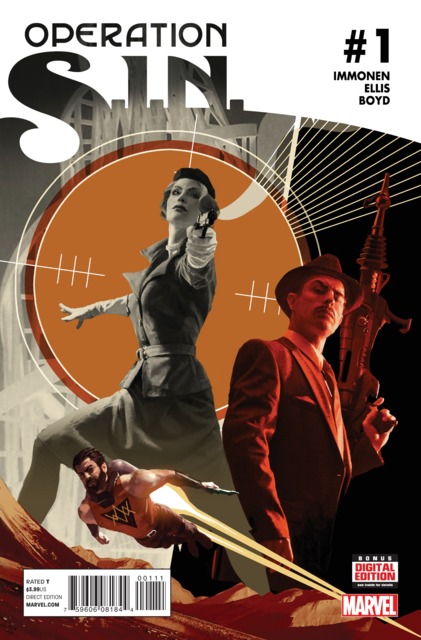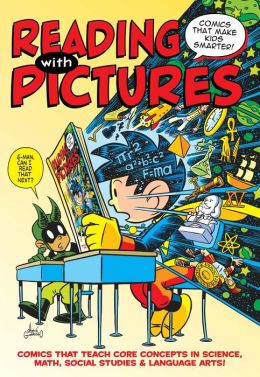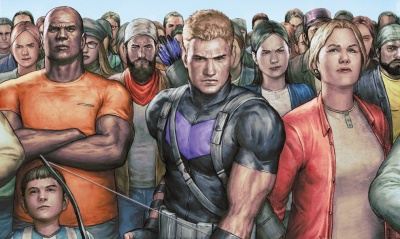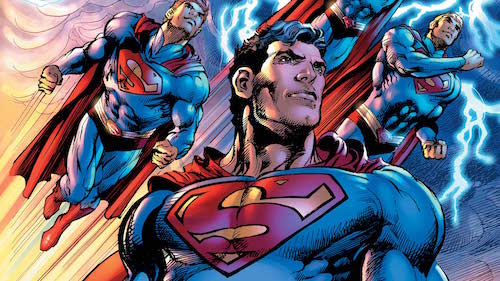Writer: Frank J. Barbiere
Artist: Victor Santos
Design: Dylan Todd
Incredible visuals are a saving grace of “Violent Love” but the mundane script and plot damn it to being a mediocre western, crime drama.
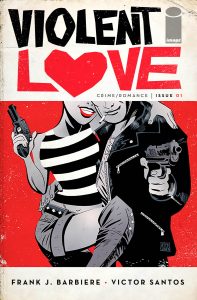
Written by Frank J. Barbiere, “Violent Love” #1 begins to tell the story of Rock Bradley and Daisy Jane; two, hopelessly in love, gun-slinging robbers in Texas. Through the eyes and narration from a former lawman, Mr. Lou, this first issue focuses on Daisy and her backstory in all its banal glory. She’s a nineteen year old, not a girl but not yet a woman, working a dead-end job with no future prospects. Cue the kindhearted father working to make ends meet, encouraging her to do great things, falling in with the wrong crowd to make her money, and blah blah blah a comic book happens.
A predictable plot isn’t a death sentence for a comic book. In fact, you can easily argue that the entire comic book industry was built off of one-note characters reacting to a standard mix of troubled childhoods, suffocating social environments, clichéd villains, and dead parents but the onus then falls on the script. The script has to elevate the story but Barbiere, sadly, doesn’t rise up to that challenge. That’s not to say there’s anything actively wrong with the script. It’s perfectly adept and gets the job done but that’s all it does. The characters act in the way you expect them to, the villains say exactly what you’d expect them to say, and there is exactly one verse of dialogue worth remembering in all 40 pages of this double issue. The script just doesn’t live up to the standard set by the other offerings from Image.
Victor Santos’ art, however, outright saves the book. In no uncertain terms, this book would be completely unremarkable if it wasn’t for the artwork. Santos pencils, inks, and colors each character and panel and through his effort gifts us dynamically emotive characters, engrossing set pieces of Southwestern Texas, and scenes of violence and torture towards the latter half of the book that will haunt you. Special mention goes to the color shading. Daisy’s scenes at her hopeless job are tinged with a murky yellows and oranges, her days at college in contrast are drawn with the vibrant greens and pinks of optimism, and the inevitable violence and death that propel her and the story forward are drawn with foreboding reds that convey her dread. With his art, Santos is able to convey all the emotion and personality of the characters that the script couldn’t. Again, you know this room, you’ve walked this floor but Santos gives you something Barbiere couldn’t. Santos gives you something to remember.
Verdict: Violent Love is really a Violent Like at best.
You can possibly fall in like with this book but you’ll never fall in love with it. It’s a familiar story with a flat, predictable script and hackneyed characters. The art raises the book past mediocrity and all merits and compliments lie with the stunning visuals of the characters and set-pieces that inject all the personality and drama into the story that the script should have done. Honestly, the best pages are the ones with little to no dialogue and the book would be much better if the next issue only featured the art. The trade will come out in a few months and you’ll most likely be able to get it for under $10. That’s an ok price for the art alone, but there’s no reason to follow this book month-to-month.


